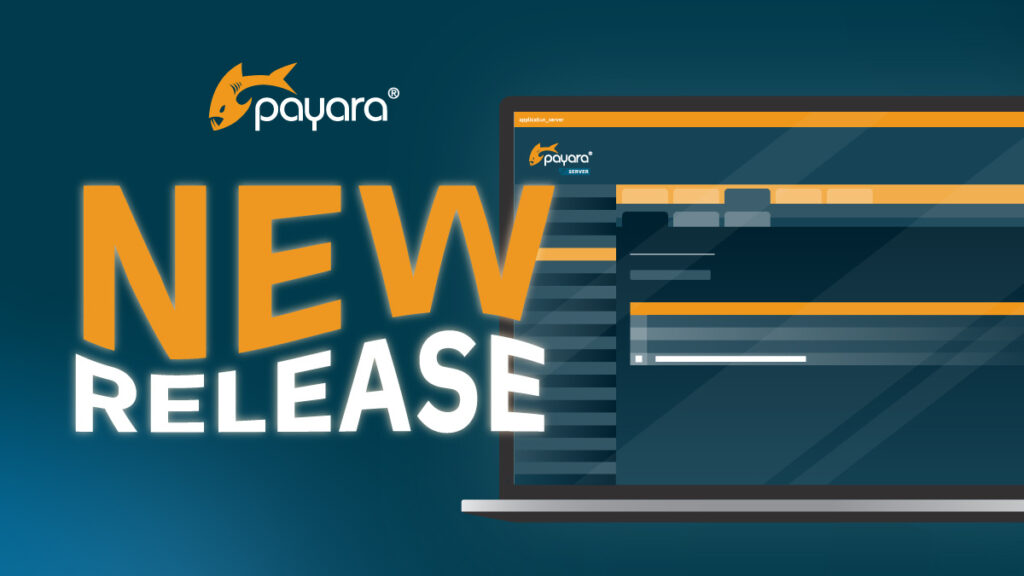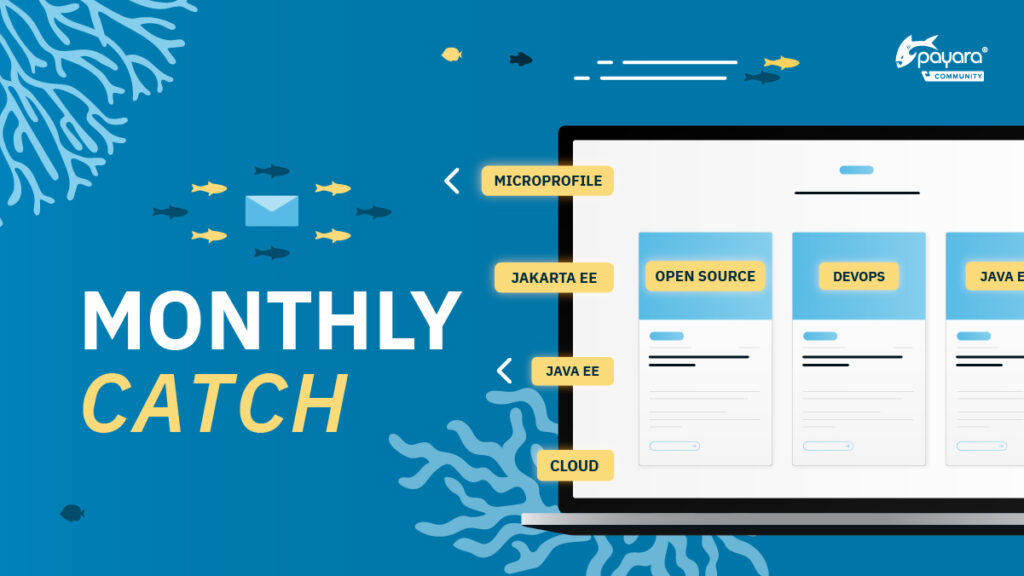 3 minutes
3 minutes
What’s New in the December 2025 Payara Platform Release?
The December 2025 releases bring targeted improvements and security updates across Payara Platform Enterprise versions 5.82.0 and 6.33.0 as […]

The recent releases of Spring Framework 7.0 and Spring Data 2025.1.0 mark an important milestone for the Java ecosystem, with both now aligned with Jakarta EE 11. This compatibility represents a continued convergence between the two major Enterprise Java Platforms.
Compatibility with Jakarta EE 11 ensures that Spring applications can integrate more naturally with modern Jakarta runtimes, including Payara Platform. This leads to improvements such as:
Jakarta EE 11 introduces advancements in performance and modernization. With Spring adopting these updates, teams benefit from greater consistency across the stack when building and deploying applications.
Spring emerged in the early 2000s as a lightweight alternative to the complexity found in early J2EE. Over time, both platforms influenced each other, with Java EE evolving toward simplicity and Spring expanding its scope. By the time Java EE transitioned to the Eclipse Foundation as Jakarta EE, the relationship had shifted from competition to parallel innovation.
Historically, Spring built on many Java EE standards while offering its own programming model. Technologies such as Servlet, JPA, JTA, JMS, and Bean Validation provided a foundation that Spring applications relied on. Jakarta EE 9, with its namespace switch to jakarta., introduced a temporary disconnect, since existing Spring versions remained tied to the javax. namespace. With Spring Framework 6 and now Spring Framework 7.0, the gap has fully closed.
For the Payara Community, this compatibility broadens the options for combining Jakarta EE and Spring technologies. Developers can now confidently build Spring based applications that integrate with Jakarta EE 11 runtimes, gaining the stability and production ready features of Payara alongside the flexibility and ecosystem support of Spring.
This new phase of compatibility strengthens the entire enterprise Java ecosystem. It aligns innovation efforts from both communities and ensures that Jakarta EE and Spring continue to complement each other for years to come.
This new level of compatibility also matters for teams adopting Payara Qube, because it opens the door to using Spring, Jakarta EE, and Payara Qube together in a far more cohesive way.
As Spring Framework 7.0 and Spring Data 2025.1.0 align with Jakarta EE 11, developers can build Spring based applications that integrate cleanly with the Jakarta APIs and runtime features delivered by Qube. This gives teams a consistent foundation for developing cloud native applications, configuring services, and operating workloads on Kubernetes. By blending Spring’s familiar programming model with the standards driven approach of Jakarta EE and the streamlined deployment experience of Qube, organisations gain a flexible and unified path for modernising and running enterprise applications in the cloud.
 3 minutes
3 minutes
The December 2025 releases bring targeted improvements and security updates across Payara Platform Enterprise versions 5.82.0 and 6.33.0 as […]
 3 minutes
3 minutes
When legacy systems approach end-of-life (EOL), enterprise IT teams typically face the choice of moving forward at all costs […]
 5 minutes
5 minutes
November has been one of the busiest months of the year for the Java and Jakarta EE ecosystem. With […]